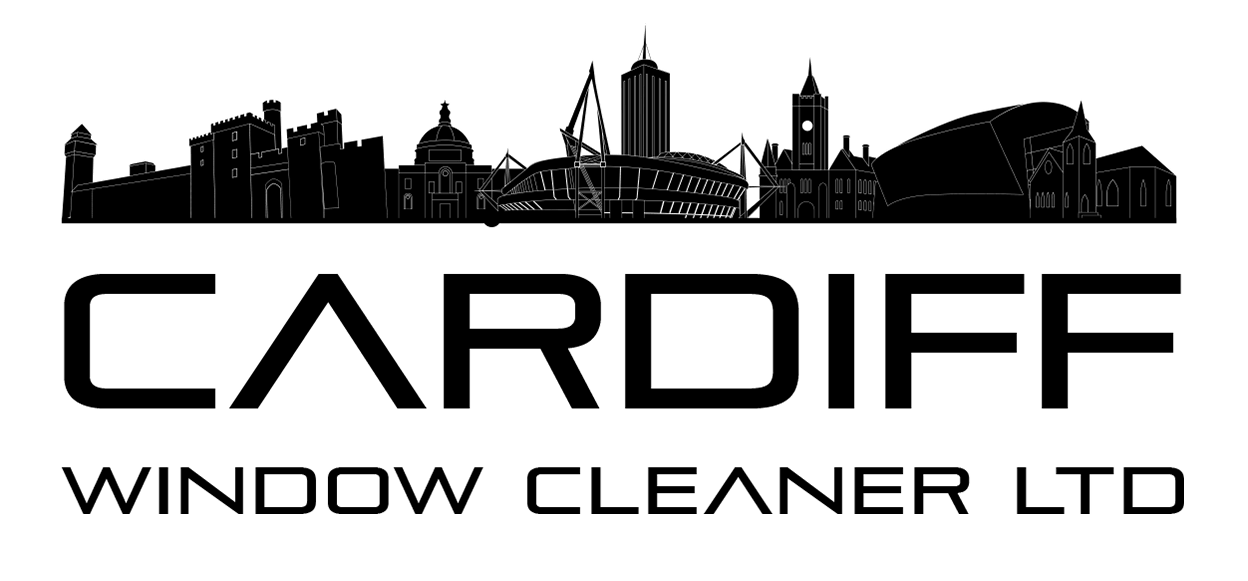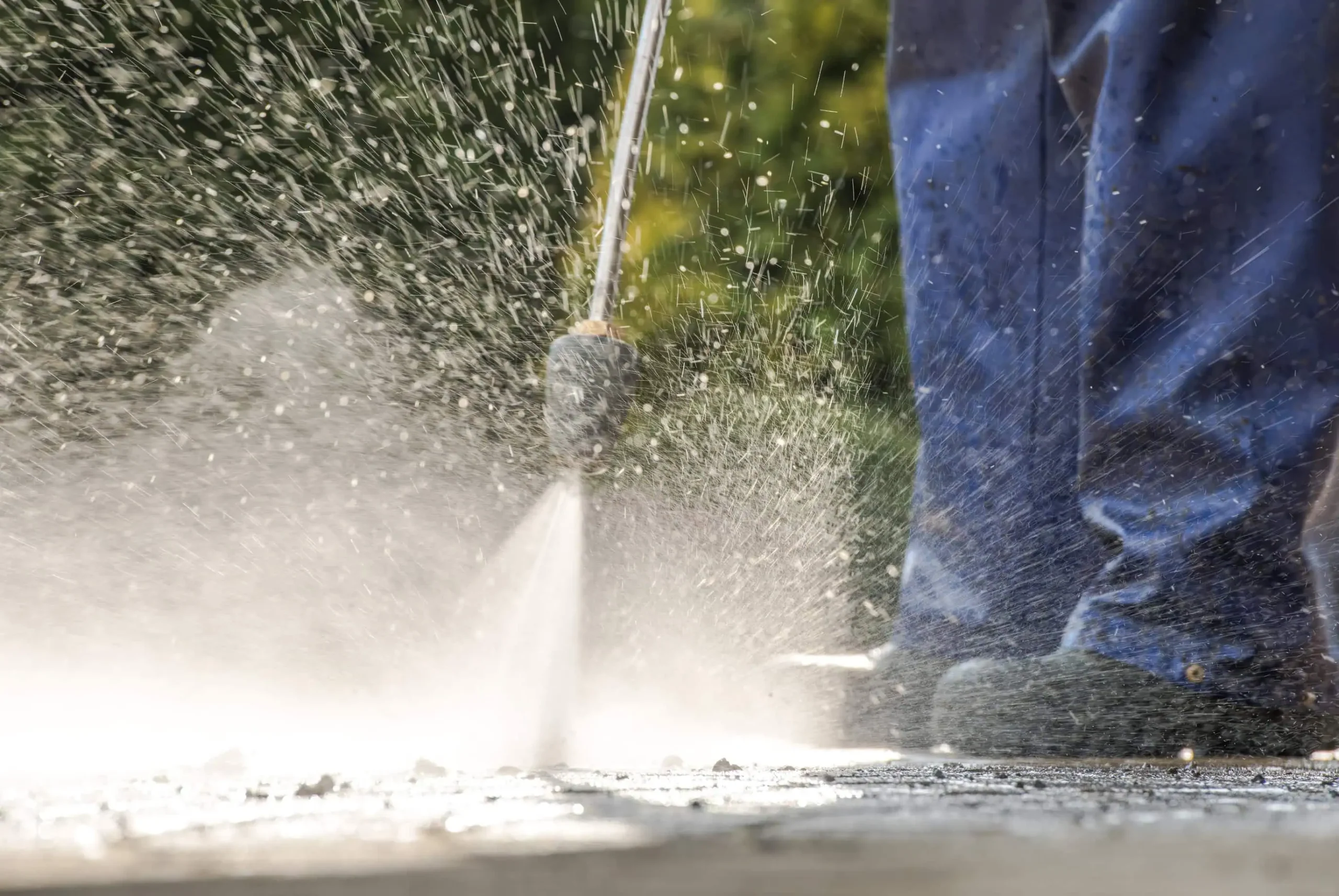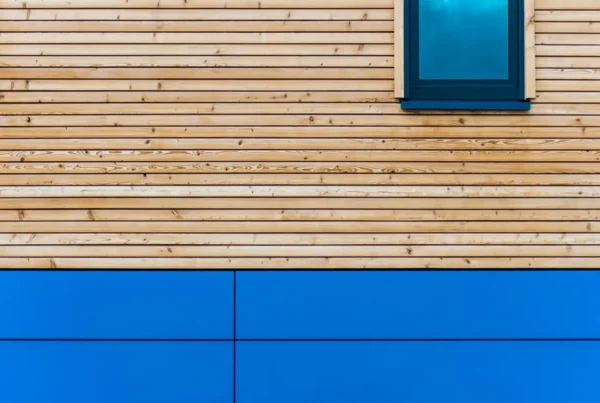To clean moss off tarmac effectively, start by scraping away any loose moss using a stiff brush or scraper. For more stubborn areas, you may need to use a pressure washer or apply a moss-killing solution, such as a commercial moss remover or a diluted bleach mix (1 part bleach to 3 parts water). After using any chemical solution, be sure to rinse the surface thoroughly to prevent damage. Consistent sweeping and upkeep can help stop moss from growing back.
That green fuzz on your tarmac driveway? Moss might look soft and harmless, but left alone, it quietly invites trouble: slippery conditions, structural wear, and a driveway that looks more like a forgotten carpark than part of your home.
The good news? You don’t need fancy tools or harsh chemicals to get it sorted. With the right techniques and a bit of effort, you can clear it, prevent it from coming back, and bring your driveway back to life.
This guide walks you through everything — from why moss loves tarmac so much to how to stop it from coming back.
Why Moss Loves Your Driveway
Moss is opportunistic. Give it dampness, shade, and a bit of rough surface to cling to — and it’ll thrive. Your tarmac ticks every box when conditions line up.
Here’s why:
- Water sits where it shouldn’t. Tarmac with dips, cracks or poor drainage holds onto moisture — and moss loves moisture.
- Too much shade. If overhanging trees, fences, or buildings block out sunlight, your driveway stays damp longer. That’s a moss magnet.
- Older or textured surfaces. Worn or cracked tarmac has plenty of crevices for spores to grab onto.
- Lack of airflow. Enclosed driveways (hedges, walls, bins tucked to the side) dry slower. Moss notices.
Pro tip: If the moss always comes back in the same spot, that area’s likely not drying fast enough. That’s your clue for what needs fixing.
Why You Shouldn’t Ignore It
Yes, moss looks bad. But that’s the least of your worries.
- It’s slippery. Moss when wet is slick. Mix that with tarmac in winter and you’ve got a recipe for falls.
- It breaks down your surface. Moss traps moisture against the tarmac, weakening the binding agents over time. That’s how cracks and potholes form.
- It spreads fast. Moss doesn’t stay politely in one corner. If you ignore it, it’ll creep onto patios, garden paths — even into your lawn.
- It ruins kerb appeal. First impressions matter. A moss-covered driveway says, “I’ve stopped caring”.
Cleaning it now is easier (and cheaper) than resurfacing later.

Step-by-Step: How to Clean Moss from Tarmac
1. Brush It Out — Dry Moss, Stiff Broom
Start simple. If the moss hasn’t rooted too deep, a stiff-bristled outdoor broom can do the job.
- Choose a dry day — moss lifts better when it’s not soggy
- Scrub firmly in all directions to get into cracks
- Sweep the debris into piles and bin it — don’t compost it (moss spores can spread)
This method alone can remove 50–70% of the growth, especially if it’s newly formed.
2. Try Natural DIY Treatments
Not a fan of chemicals? These home solutions work for light infestations:
- Vinegar Spray: Mix 1:1 white vinegar and water in a sprayer. Apply generously and leave to work in full sun. Scrub after a few hours.
- Baking Soda: Sprinkle directly onto damp moss. Let it sit overnight, then brush off the dead moss.
- Boiling Water: Pour straight onto moss patches. Simple, but works well for small areas.
Avoid mixing any DIY solutions together (like vinegar and bleach). It’s not just ineffective — it can be dangerous.
3. Chemical Moss Killers (Handle with Care)
When natural methods don’t cut it, it’s time to bring out the stronger stuff. Commercial moss killers are formulated to break down thick, established moss quickly — but they’re not all created equal.
What to use:
- Choose a hard surface moss killer, not something made for lawns (lawn products can stain or even damage tarmac).
- Look for biodegradable options that won’t harm surrounding plants once diluted.
- Avoid anything with bleach unless the label specifically says it’s safe for tarmac.
How to apply:
- Wear gloves, goggles, and old clothes. Seriously — one gust of wind and you’re spot-treating your jeans.
- Use a garden sprayer for even coverage.
- Let it sit for 2–5 days (depending on the product), then brush or pressure wash off the dead moss.
Don’t skip the label. Overdosing doesn’t speed things up — it just risks staining your surface or killing nearby plants.
4. Pressure Washing — Do It Right (or Don’t Do It)
Pressure washing can be satisfying — that blast of clean in every sweep — but tarmac isn’t invincible. Use the wrong pressure or technique, and you could do more harm than good.
| Pros: | Cons: |
| – Fast, visible results – Removes moss, dirt, grime, and even algae staining in one go | – High pressure can strip away the surface layer of tarmac, leaving it rough and prone to faster regrowth – Can spray spores everywhere if moss hasn’t been killed first |
If you’re going for it:
- Use a mid-range setting (1,500–2,000 PSI max)
- Keep the nozzle at least 30cm away
- Work in even, sweeping passes, not tight spirals
- Treat with a moss killer first — pressure washing live moss just spreads it around
Pro tip: Pressure washing is best as a final clean-up step after killing moss chemically or naturally.
5. Don’t Forget the Stains
Once the moss is gone, it’s common to uncover surprise stains beneath — oil, algae streaks, leaf decay, maybe even old paint.
For oil or grease:
- Use a degreaser or even dish soap + warm water
- Scrub in, let it sit for 15–20 minutes, rinse thoroughly
For organic stains:
- Try diluted bleach (10:1 water-to-bleach ratio)
- Rinse thoroughly and avoid runoff onto plants
For paint:
- You’ll need a tarmac-safe paint remover
- Always test on a small spot first — some removers are too harsh
Not all stains will come out fully. If you’re after a fresh look, sealing the surface afterwards can mask minor discolouration and keep moss at bay.

Keep Moss from Coming Back
Treating moss is only half the job — keeping it away is the real win. Fortunately, you don’t need a moss patrol. Just build a few habits into your driveway maintenance:
- Improve drainage. Regrade dips, clear blocked drains, and fix pooling issues.
- Trim overhanging trees. More sunlight = faster drying = less moss.
- Sweep regularly. Weekly or fortnightly sweeping removes debris moss likes to grow in.
- Seal your surface. A proper tarmac sealer reduces moisture absorption and keeps the surface smoother.
- Create airflow. If your driveway’s boxed in, even small changes like shifting bins or trimming hedges can help.
Think of moss like mould — if you reduce the conditions it loves, it won’t come back.
Learn From Others: What Not to Do
Here’s where most DIYers go wrong — and how to stay a step ahead:
- Too much pressure: Don’t blast your tarmac into gravel. Start low and test an inconspicuous area.
- Wrong chemicals: Some moss killers aren’t tarmac-safe. Others can stain or strip your surface.
- Skipping the cause: If you don’t fix the drainage or shade, the moss will be back before your back stops aching.
- Not rinsing properly: Residue from treatments can cause plant damage, streaking, or even slipperiness.
- Trying to clean in winter: Cold, wet surfaces are dangerous. Wait for a dry spell.
DIY or Call in a Pro?
Sometimes the job looks simple enough — but not all driveways (or weekends) are created equal. Here’s a quick side-by-side to help you decide:
| DIY Moss Removal | Professional Moss Removal | |
| Best For | Small areas, light moss, confident DIYers | Large driveways, heavy moss, steep or damaged surfaces |
| Tools Needed | Stiff brush, vinegar/spray, garden hose or pressure washer | Commercial-grade moss killer, pro-grade sprayer, sealing tools |
| Time Involved | Several hours to a full weekend | 1–2 hours for most standard jobs |
| Risk Factor | Slips, over-scrubbing, damage from incorrect pressure/settings | Minimal — pros are trained, insured, and bring the right tools |
| Result Quality | Good (with effort), but may need repeat treatments | Consistently deep clean, longer-lasting protection |
| Cost | Low upfront, but higher over time with repeat attempts | Higher upfront, but often better long-term value |
You could spend all weekend experimenting — or let a pro handle it in a few hours and know the job’s done right.
Want help deciding what your driveway needs? Our team offers practical advice, safe and effective moss removal, and long-term solutions to keep your surface clean and slip-free.
How to Clean Moss from Tarmac: Restore Your Driveway’s Appearance and Safety
Moss might be persistent, but it’s not unbeatable. With the right approach — and a bit of follow-through — you can reclaim your tarmac, restore your kerb appeal, and avoid future damage.
Whether you go the DIY route or call in the pros, the key is to act early, treat thoroughly, and prevent consistently.
Contact us for a driveway assessment or quote — and let’s get rid of the green for good.




